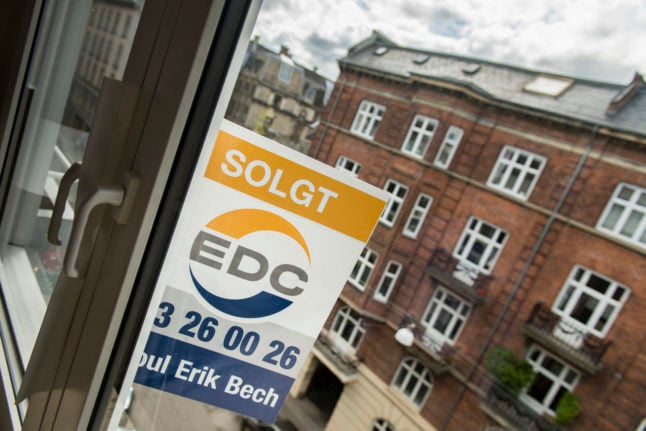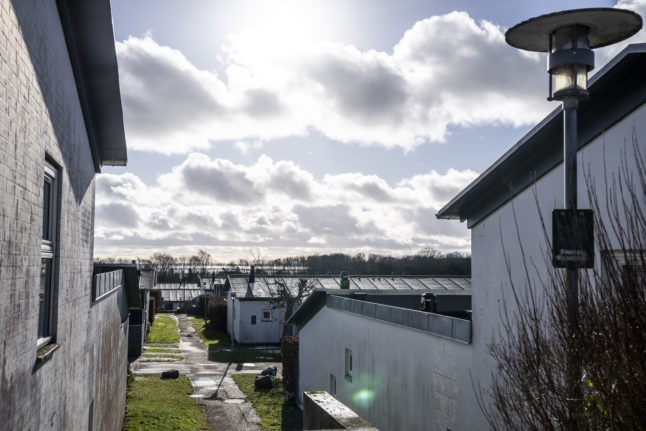Data from the interest organisation from banks, Finans Danmark, shows that the “arrears percent” or restanceprocent was 0.14 percent in the third quarter of 2022, a small increase compared to preceding quarters.
That means homeowners on average did not pay 1.4 kroner in every 1,000 kroner they were due to pay on their mortgages during the quarter.
It is understandable that late 2022 presented challenges for homeowners, an analyst said in comments to news wire Ritzau.
“It’s a good sign of health that homeowners are proving themselves to be solid repayers,” Brian Friis Helmer, private economist with Arbejdernes Landsbank, said in a written comment.
“Because homeowners are in the middle of a time in which increasing interest, higher energy prices, and generally high inflation make life as a homeowner more expensive than we have seen for many years,” he said.
The arrears percent reflects that proportion of total repayments from homeowners which has not been paid three and a half months after the payment deadline.
READ ALSO:



 Please whitelist us to continue reading.
Please whitelist us to continue reading.
Member comments